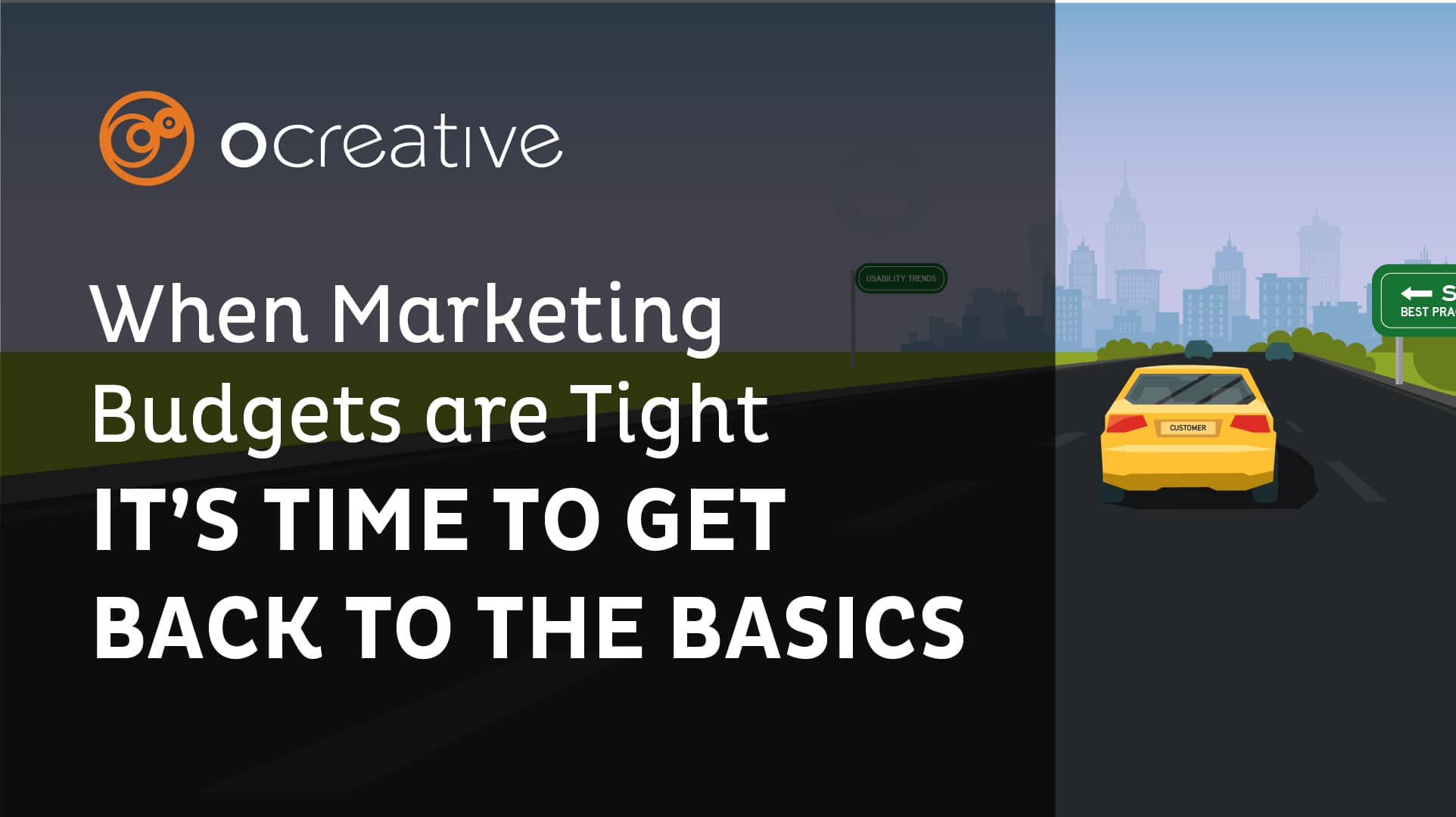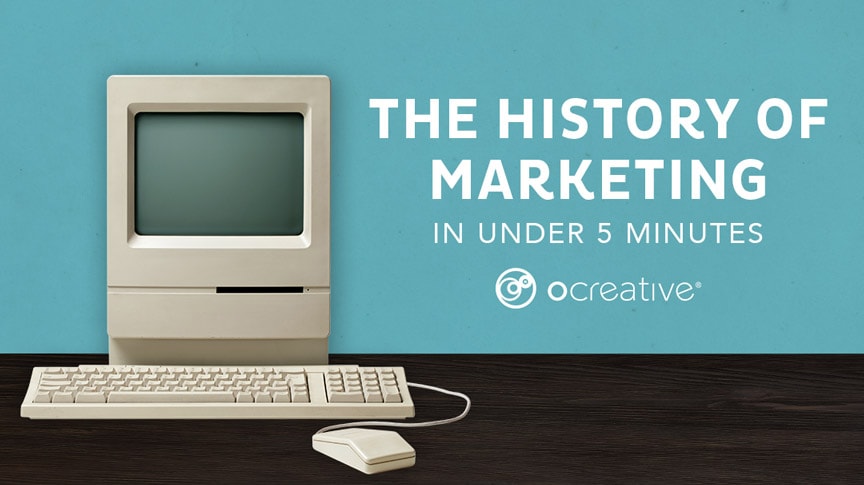The holiday season is quickly approaching and now is the time to get prepared! The start of quarter four is the perfect time to ensure your online ads, website design and content, and other holiday marketing initiatives are ready to roll out at just the right time. It takes balance and careful consideration of market trends, but we have a few tips to make sure you launch the right content at the right time.
While Black Friday is often considered the first target for holiday shoppers, Search Engine Journal surveyed consumers and noted that for the 2018 holiday season, 22% of consumers actually plan to start their shopping in October. As the old adage goes “the early bird gets the worm,” which may be true for shoppers, but businesses should exercise caution. Starting your holiday ads any earlier than late October or early November could result in poor return on investment (ROI). While some shoppers may be chomping at the bit for deals, others are not quite ready for a tidal wave of red and green. If people are not ready for the holiday season, even the greatest ad can get overlooked and irritate shoppers. There are a good number of shoppers that get an early start preparing for the holiday, but the second week of November is generally regarded as the best time to start holiday marketing initiatives because it allows consumers enough opportunity to view your company’s offers before Black Friday without inundating them with untimely holiday cheer. (ClickZ)

Preparing Your Website for the Holiday
First and foremost, do not plan any major website changes like plugin additions, theme-changes, or large-scale functionality overhauls during major retail seasons. You do not want to risk creating unintentional poor user experience through website glitches that prevent users from using your website effectively to find and purchase products or services. You should, however, consider testing your website to ensure it can handle additional holiday traffic.
In addition to maintaining a strong user experience, it is important to make website updates that reflect your holiday marketing initiatives. Try adding fun, themed graphics that showcase your deals to draw the user’s attention and make the deals stand out against the rest of the site. The ideal time to update your website is before November so search engines will have a chance to index your page before your ads start running (ClickZ).
Remarketing Ads Through Google
If not already implemented, you should also ensure that you have tracking tools embedded on your website. You should consider using Google Analytics to track your website throughout the year, but if you have not already started using it, now is a great time to start. Through traffic and analytics, you can document increases and reduction in traffic as a result of specific campaigns during the holiday season and capitalize on the data you curate to create better campaigns for the following season.
Using Google Analytics, you can build a remarketing list to continue to target users who have previously visited your site through additional ad placement throughout the Google Ad Network. Running a remarketing campaign, especially during the holiday season, can capture shoppers that have previously visited your site but may have not made a purchase. You can also target shoppers who have already made a purchase at your store. Using a remarketing campaign during the holiday season has the potential to help you better reach those who are interested in your products and services, or to get shoppers to check out your newest sales. (Shopify)

Remarketing Through Facebook & Instagram
Like Google, remarketing is also available through the Facebook/Instagram ad interface. When using Facebook and or Instagram ads, be sure to have a Facebook pixel tracking link embedded on your website. “The Facebook pixel [tracking link] is an analytics tool that allows you to measure the effectiveness of your advertising by understanding the actions people take on your website.” (Facebook) While Facebook does not require a pixel to be installed on your website to run an ad, the Facebook pixel can help target your audience, increase sales, and measure the results. (Facebook)
Starting October 24th, 2018, the Facebook pixel will have an additional feature that can further enhance tracking – users will have the option to choose between first-party cookies and third-party cookies.
- First-party cookies are owned by the website they are embedded into while third-party cookies belong to a third party tracking site.
- First-party cookies enable websites to reach more potential customers and can be more accurate in measurement and reporting when advertising on Facebook.
- First-party cookies are more widely accepted by browsers and stored for longer periods of time.
If you choose to use first or third-party cookies it is important to ensure your cookie policy is clearly disclosed to your website visitors. This should also include how data is collected on your website and is shared with third parties. (Facebook)
By using these enhanced features and tracking abilities, you can focus your ads to have the best ROI.

Planning Your Holiday Marketing Strategy Early
When you prepare cross-placement holiday ads, it is important to pre-plan your ad copy and images. Doing so will ensure you have extra time to create multiple versions of your ad and thoughtfully select appropriate imagery. Taking extra time and creating multiple ads allows you to do A/B testing between your ads to determine which works best. This will also keep your advertisements fresh and engaging.
Also, take some time to evaluate your holiday budget; just as you are planning a robust holiday campaign, so are others including your competition. Review your advertising budget for the holiday season, paying close attention to your bid price. It is likely you will need to increase your price to make sure your ads stay at the top of the page and visible to your target market. Your cost per click or cost per conversion will also likely increase during the holiday season, due to the influx of ads. If your sales increase, however, it makes your PPC campaign a great short-term investment. After the holiday season closes, you can adjust your bids again.
After the Holiday Season
As noted above, it is important to pre-plan your ads and optimize them while they are running, but what about after the holidays are over?
Shoppers will continue to shop after the holiday season and into the New Year, so don’t pause those ads just yet! After the holiday, people use their gift cards to take advance to post-season sales and are returning and exchanging merchandise. (Search Engine Journal) This is a great time to utilize your remarketing campaigns and to up-sell your products or services to gift card holders, who spend, on average, $38 over their gift card amount. (Search Engine Journal)
There is certainly a lot to consider when planning your holiday marketing campaign. Businesses selling products and services should approach the season with an omni-channel strategy including holiday-themed website updates, ad tracking, social media campaigns, and a robust PPC strategy. If you are interested in learning more about holiday marketing, contact us now!
About Ocreative
Ocreative is a Milwaukee marketing agency, with expertise and broad experience in developing digital marketing strategies, and growing their online presence, for their clients. The company’s core values include offering the highest level of customer service, award-worthy quality, and performance that surpasses client expectations. Ocreative is located just outside Milwaukee, and works with clients locally, nationally, and globally. Their clients have access to some of the most fun and knowledgeable professionals around – ones who inspire, educate, and problem solve. The agency provides marketing and brand strategy, advertising and design, website design and social media, and video expertise to their clients, fulfilling their desire for business growth, and their aspiration to make a mark on their industry.





